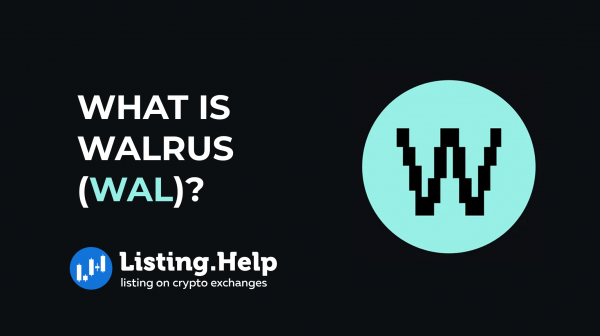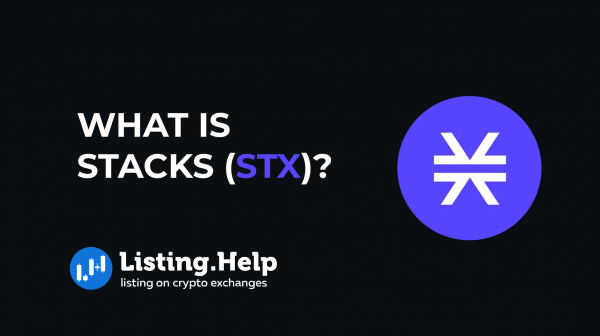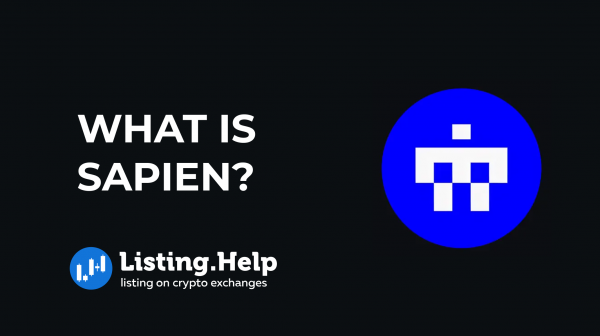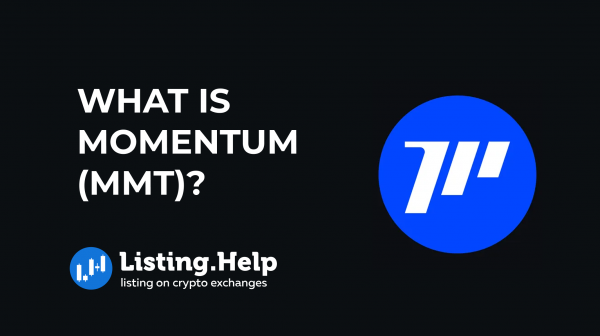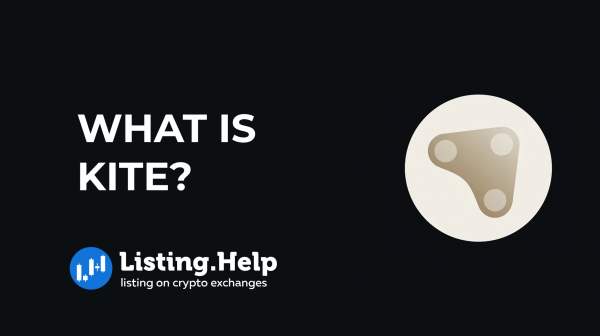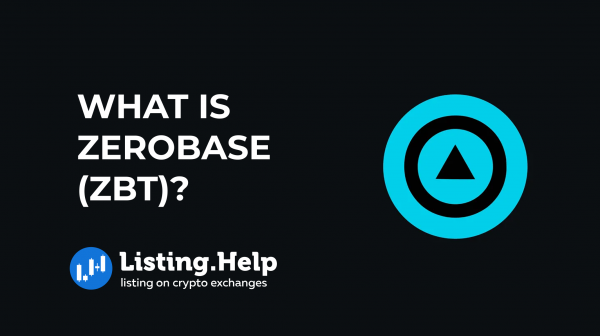What is StakeStone (STO)?
 May 6, 2025
May 6, 2025 Updated: May 6 2025, 10:33
Updated: May 6 2025, 10:33
LEAVE A REQUEST
Launching your own token project? Our experts are ready to help with listing on exchanges, market making, marketing and other solutions
SUBMIT APPLICATIONStakeStone is building infrastructure that makes it easier for crypto assets to move between different blockchains. Instead of staying locked on one network, users can transfer and use their assets more freely, which is especially useful in DeFi where liquidity often gets stuck in silos.
The project offers a few core tools to support this:
- STONE is a token backed by staked ETH. It earns yield while staying usable across DeFi platforms.
- SBTC and STONEBTC are designed to make BTC liquid and interest-bearing, not just on one chain, but across several.
- LiquidityPad helps newer blockchains attract capital and manage liquidity in their ecosystems.
- STO Token gives holders the right to vote on decisions that shape how the protocol develops.
In short, StakeStone is focused on solving some of the persistent friction points in DeFi by making assets more flexible and protocols more connected.
Who Created StakeStone (STO)?
StakeStone was co-founded by Charles K, who set out to build a modern liquidity platform for decentralized finance that works across different blockchains. The team’s goal is to develop practical tools that help the crypto space grow by connecting high-performance networks and enabling new types of financial applications.
How StakeStone Works?
StakeStone combines technical features with a structured governance approach. Here’s a breakdown of its main components and how they operate.
STONE: A Staked ETH Token That Earns Rewards
STONE represents staked ETH. When users lock up ETH in StakeStone, they receive STONE in return. This token continues to earn staking rewards and can still be used in DeFi — whether that’s lending, borrowing, or trading. It removes the trade-off between earning yield and staying active in DeFi.
STONE is built using LayerZero’s cross-chain messaging system, making it usable across different blockchains. Its pricing is handled by StakeStone’s smart contracts rather than relying on decentralized exchanges, which can sometimes cause pricing gaps and arbitrage situations.
SBTC and STONEBTC: Bringing More Utility to Bitcoin
Bitcoin has limited smart contract capabilities, so StakeStone introduced two BTC-based tokens to make it more functional:
- SBTC is a token that merges popular BTC derivatives like WBTC and BTCB into one liquid asset. Users deposit these into a vault, and SBTC is issued. It can be used on various blockchains like Ethereum and BNB Chain for trading, borrowing, and other DeFi uses.
- STONEBTC builds on SBTC by putting it to work. It generates returns through a mix of DeFi strategies, CeDeFi platforms, and even traditional asset-backed strategies. Users provide SBTC or BTC derivatives, and the system automatically allocates funds to maximize potential returns.
Together, these tools make it easier to use BTC in DeFi while cutting down on complexity and inefficiencies. StakeStone connects these assets to networks like Mantle, Linea, and Zircuit to ensure they’re supported across platforms.
LiquidityPad
LiquidityPad is designed to help newer blockchains access capital. It acts as a link between established DeFi networks like Ethereum and up-and-coming ecosystems. Users deposit ETH, BTC-based tokens, or stablecoins into vaults tied to specific blockchains. In return, they receive LP tokens that can earn yield in both the established and the newer ecosystems.
This system creates a two-way benefit. New chains get access to larger pools of capital, while Ethereum users get exposure to potential returns from fresh markets. LiquidityPad also helps reduce dependence on short-term incentives, aiming instead for healthier long-term development.
Cross-Chain Liquidity Infrastructure
At the heart of StakeStone is its multi-chain liquidity setup. Unlike traditional bridges, which are often slow and prone to issues, StakeStone uses a Credit Margin Engine (CME) that helps:
- Keep liquidity steady across multiple chains.
- Ensure pricing stays fair and efficient.
- Make it possible to move assets between chains with a single transaction.
This engine is powered by infrastructure from Native, which supports automated market-making and broad compatibility. As of May 2025, StakeStone connects to over 20 chains and supports 100+ protocols.
The Role of $STO Token in Governance
StakeStone uses a governance model based on vote-escrowed tokens. A DAO (decentralized autonomous organization) using this setup is planned for launch in Q2 2025. The system allows users to lock their STO tokens in exchange for veSTO, which gives them voting rights.
Holders of veSTO can vote on how token rewards are distributed among different vaults and liquidity pools. They also help decide protocol settings like fee structures and broader development directions. Governance decisions could eventually influence StakeStone’s own listing requirements for future tokens introduced into the ecosystem.
How to Buy STO?
Getting your hands on StakeStone (STO) tokens is simple. First, pick a cryptocurrency exchange that lists STO. The token listing process on these platforms ensures that only vetted assets make it to public markets, offering users a more secure trading experience. Platforms like Binance, MEXC, OKX , KuCoin, and Gate.io offer trading options for this token. Set up an account and complete any necessary verification.
Next, fund your account either with fiat currency or by transferring crypto from another wallet. Then, look for an STO trading pair that matches your deposit. For example, if you funded your account with BTC, choose the STO/BTC pair to avoid extra conversions.
Once you’ve chosen your pair, place your order. A market order buys at the current rate instantly, while a limit order lets you specify your price. Confirm the order when you’re ready, and the tokens will appear in your exchange wallet.
Conclusion
StakeStone represents an important step forward in DeFi, offering a practical and scalable approach to managing liquidity across multiple networks. By combining advanced tech with a strong focus on community involvement, it improves capital efficiency, simplifies liquidity operations, and opens up new ways for users to earn returns.
As the platform evolves, its focus on innovation and user-driven development is likely to keep it moving in a strong direction.

For more insights and updates on the crypto world, don’t forget to check out our blog at Listing.Help







 December 22, 2025
December 22, 2025 